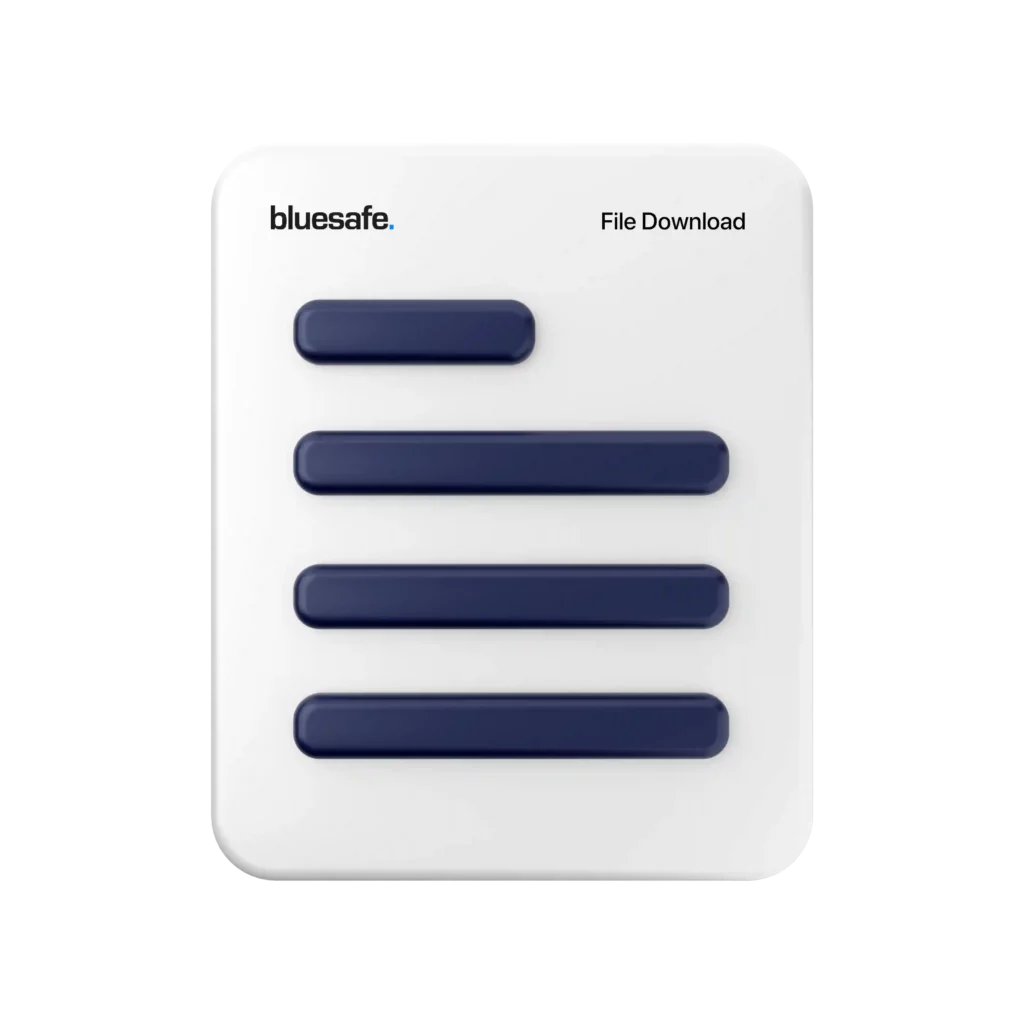Now, I know that some of you might be thinking, “But Gary, we don’t have any injuries at our workplace, so why do we need a reporting system?” Well, my friends, accidents can happen anywhere, anytime, and to anyone. And if you don’t have a system in place to deal with them, you could be putting yourself and your business at risk.
So, what exactly is a reporting system, you ask? Well, it’s basically a process that outlines how injuries should be reported, who they should be reported to, and what steps need to be taken to deal with them. It should be simple, easy to follow, and accessible to all employees.
The first step in implementing a reporting system is to create a clear policy that outlines your expectations for reporting injuries. This policy should be written in simple language and should clearly state who employees should report injuries to, how they should report them, and what information they need to provide.
Once you have your policy in place, the next step is to train your employees on how to use the system. This is important because if your employees don’t know how to report injuries, then the system won’t be effective. So, take the time to educate your employees on the reporting process and make sure that they understand its importance.
Another important aspect of implementing a reporting system is to make sure that it’s easy to use. If your system is complicated, confusing, or time-consuming, then your employees are less likely to use it. So, keep it simple and make sure that it’s accessible to everyone in your workplace.
One way to make your reporting system more user-friendly is to use technology. There are many software programs and apps available that can help you manage your reporting system and make it easier for your employees to use. These tools can help you track injuries, automate reporting, and provide real-time updates on the status of an injury.
But, no matter how simple or user-friendly your reporting system is, it won’t be effective if you don’t take action when injuries occur. So, it’s important to have a plan in place for dealing with injuries once they’re reported. This plan should include steps for investigating the injury, providing medical attention if necessary, and taking steps to prevent similar injuries from happening in the future.
In addition to having a plan in place, it’s important to communicate with your employees about the steps that you’re taking to deal with an injury. This helps to build trust and shows your employees that you take their safety seriously. It also helps to prevent rumours and speculation from spreading, which can be damaging to your business.
Now, I know that implementing a reporting system may seem like a hassle, but it’s worth it in the long run. By having a system in place, you can protect your employees and customers, prevent costly lawsuits, and improve the overall safety of your workplace.
So, my friends, take the time to implement a reporting system at your workplace. Train your employees on how to use it, make it user-friendly, and have a plan in place for dealing with injuries. And remember, accidents can happen anywhere, anytime, and to anyone. But, by being prepared, you can minimise their impact and protect your business.
That’s all for now, my friends. Until next time, keep hustling and stay safe!
Cheers,

![]()






